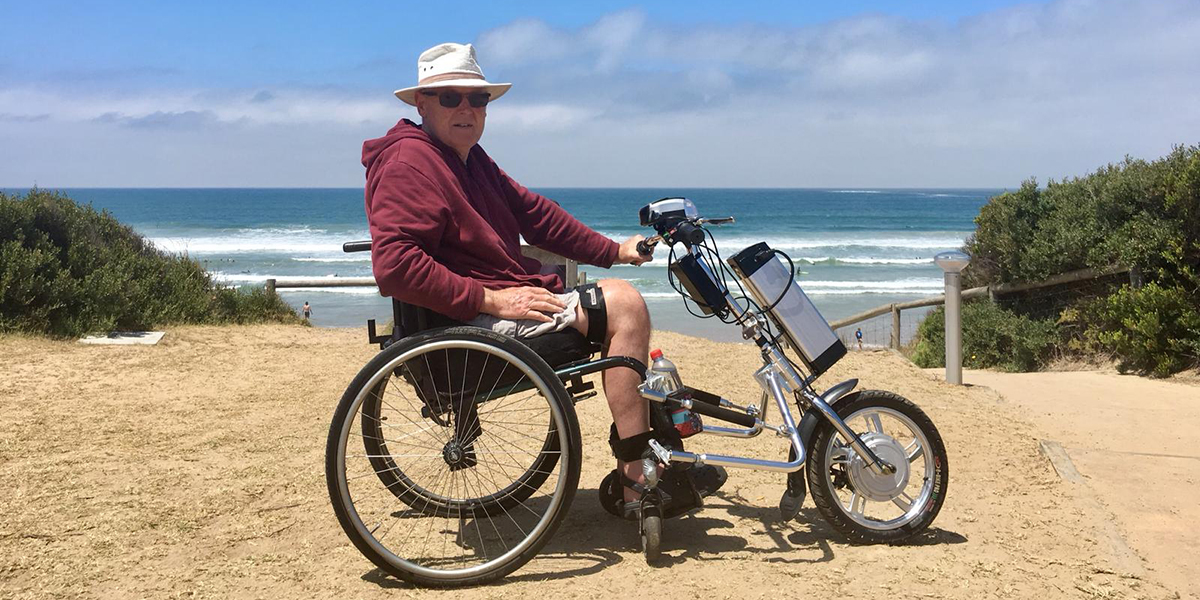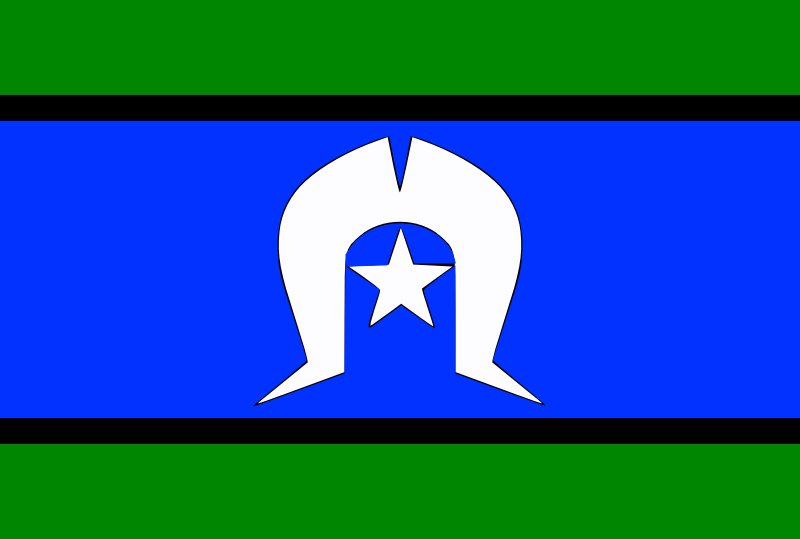Whether it’s NDIS or TAC, getting what you need to thrive from your funding can involve some finesse. We asked AQA community members and staff to share their accumulated wisdom on the subject for a panel discussion – below are the key takeaways.
Using the right Language and Framing
Naz Erdem, Practice Leader
If you’re talking to the NDIS or the TAC, and you say ‘I want this’, you’re not going to get it. You have to have a good reason. It’s all got to be part of a plan, part of your goals, and part of your needs. It’s really important to speak to someone, a Support Coordinator (SC), or a Local Area Coordinator (LAC), to make sure you’re using the right language.
Josh Hose, Peer Support and Volunteer Coordinator
It can be hard to accept some of the language we need to use. Having to highlight your dependence or your needs can be quite confronting. But it’s important. Speaking to our Peer Support or Allied Health teams can help you.

Georgina Fiorentino, Community Network Coordinator
The wording of your goals is also important. Some people over-generalise their goals, and they don’t get the equipment or support they need because the goal wasn’t precisely stated.
Paige Gilchrist, Support Coordinator
The NDIS and TAC want to hear value for money. What’s the thing they fund one time, that won’t keep costing. Or, how can we fund something heavily early on, and then wean off it eventually. ‘I might need this for a while, but I don’t really know for how long’ doesn’t sound like a very good investment to either of these funding systems.
So, where’s the compromise, where’s the cost-benefit analysis? For example, if I’m funded for a modified vehicle now, I won’t have ongoing taxi costs, and I won’t need a Support Worker to take me to the shops. If you can demonstrate that the NDIS will be saving money in the long-term, you’re in with a very good shot.
Getting the right Support
Georgina Fiorentino, Community Network Coordinator
As we’ve all been saying, use the resources available to you. Employ a Support Coordinator, or use your Local Area Coordinator, to make sure you’ve nailed down the language in your funding request. If applicable, employ an Occupational Therapist or a Physio to help you justify it. And remember, you can get funding for Support Coordination or Allied Health support if you need it.

Emily Quatrocchi, 5 years T4 complete
If you feel like your LAC isn’t being helpful, or doesn’t understand your situation, you can send in a complaint and request a different coordinator.
Paige Gilchrist, Support Coordinator
In the NDIS world, it’s really easy to switch Support Coordinators. You don’t get to pick the Planner you have on the day to help create your plan, but once you’re funded for SC, you can keep switching until you find a SC that works for you.
Lived experience case study:
Lachie O’Brien, Community Networks Coordinator
My first year of my injury I had no idea what I was doing. I had a SC, but they just happened to not be the best one. So I got rid of him, and got some advice from a Peer Mentor, and he said goals are the most important thing.
A lot of my goals revolved around handcycling independence. I live in a hilly area, and I like to ride my bike around there, but I don’t really want to be pushing my wheelchair. So when I went to the NDIS, I stated very specifically that I needed to save my shoulders for my training and racing. I listed all of my handcycling goals, what I needed going forward, justifying why that is, why it’s going to help me, the costs, and how it’s going to impact my life. I managed to get a smart drive, which helps me when I’m pushing around. After that success, I used the same approach in other areas.
Also, don’t settle for lower quality equipment in cases where you think it’ll make a difference. Naturally, they’ll give you the cheapest. But, if there’s a really, really good option, and it’s a lot more comfortable, and it wont give you pain using it, then get a good Occupational Therapist and SC to justify it, and it will make a huge difference for you.

Managing your NDIS plan
Paige Gilchrist, Support Coordinator
There are three tiers of managing your NDIS plan.
Self-managed: you’re your own accountant as I like to call it – you’re in charge of bookkeeping and all the receipts for all your NDIS funded supports. You then reimburse yourself with your funding online through your NDIS portal, which is linked to your MyGov. It’s the most flexible in terms of who you can work with. It doesn’t mean you can pick and choose whoever you want, there’s always the chance of an audit, and you’re still required to follow NDIS guidelines, but within that you obviously have dignity of risk and choice and control.
Plan managed: the middle option, where a third party Plan Management company holds all of the funding for you. They act as the accountant. You can still use a range of NDIS familiar services, but they do not have to be registered.
NDIA managed: this is where things get really regulated. The NDIA holds the money, and can only be released to NDIS registered providers. All services at AQA are NDIS registered.
Most people start at NDIA managed, because it’s all new and they don’t understand the system and their supports. Some people then transition to plan managed and self-managed as their understanding develops. Some people never want to go self-managed, as it’s a lot of work.

Key points for building an NDIS plan
Noha El Hanafy, Support Coordination Team Leader
- Ensure your goals are clear and cover all your needs. You may have up to seven goals that you can include. Ensure you have short-term, mid-term and long-term goals. For example:
- “I need assistive technology equipment and appropriate care support to remain at home with my family, to live as independently as possible, and to provide support to my immediate family.”
- “To return to cooking family meals, including engaging in the preparation and cleaning”
- “To continue building strength, skills, wellbeing, and capacity in order to be independent as possible”
- Think about the hours you need for in-home care, and the types of tasks you’ll need help with, like personal care and domestic duties (core supports). And think about the level and duration of support you’ll need in the community. Consider all the current informal supports you have, and clarify their role.
- Think about capacity building supports. What might improve your quality of life and independence? Which allied health profession can support you with your goal? How often do you need to see them? What piece of equipment (AT) would support your independence?
- Assistive technology (AT) is usually approved for physical disability, but you need to work with an OT and/or a physiotherapist.
- Always remember two important phrases used by the NDIS:
- Reasonable and Necessary
- Value for Money

Changing your NDIS plan
Paige Gilchrist, Support Coordinator
There are three different ways you can change your plan.
If it happens right when you get your plan, and you realise you haven’t gotten something that was discussed, you can file an S100. The S100 is an appeal backed by evidence that you submit within the first 100 days of the plan.
If you’ve had a significant shift in your circumstances – maybe you’ve lost some informal support, or had a diagnosis added – you can request a plan reassessment, known as an S48.
If you need to access new supports quickly, and you don’t need your full plan reassessed (previously known as plan review), you can request a plan variation – an S47.
You can request a variation or reassessment of your plan at any time.
Your SC or LAC can help you get a bit clever in the justification and the timing of these requests. If it’s life or death, obviously that needs to be addressed urgently. Your SC would be on the phone as much as they can – I’ve been on the phone every couple of days asking for the status of the review. You can call yourself, even if you have a SC. I’ve called before and then added my client to the phone call, so we’re both there stating our case. Be ready to justify it.
Remember:
- With all these requests, the NDIA has 28 days to respond.
- The NDIA can also initiate a variation or reassessment at any time.
- In either instance, the variation or reassessment must be prepared with the participant: https://www.ndis.gov.au/news/7975-2022-ndis-legislation-amendments-july-update
- If for any reason all the submissions submitted were declined, as a last resort, an application to the Administrative Appeals Tribunal (AAT) can be submitted with your Support Coordinator’s guidance.

Lived experience case study:
Georgina Fiorentino, Community Network Coordinator
Earlier in the year, I was diagnosed with osteoarthritis. I had a lot of difficulty pushing my chair around, and I was going on holidays, where I’d obviously want to explore and push around everywhere. So, I applied for some assistive tech – a power assist smart drive – which I framed around my goals of protecting my shoulders as I age, and managing my osteoarthritis.
I got an OT and a physio involved, who wrote up the justification letters, and I got the NDIS plan approved. I got to enjoy my holiday, and protect my shoulders and my hands. So that’s a perfect example of looking ahead of you, framing your goals effectively, and getting the right help.
Support Coordination and Occupational Therapy at AQA
AQA has a highly experienced and dedicated team of OTs and SCs. If you’re looking for support in navigating your funding and getting what you need, or getting approval for a particular service or piece of equipment, get in touch.
p: 03 9489 0777
e: [email protected]
- April 5, 2023




